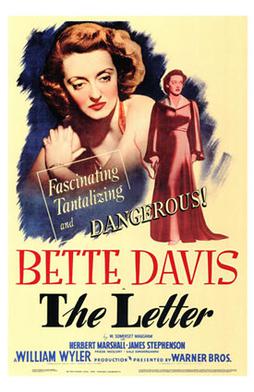 |
| Humphrey Bogart, Madeleine Lebeau, and Leonid Kinskey in Casablanca |
Rick Blaine: Humphrey Bogart
Ilsa Lund: Ingrid Bergman
Victor Laszlo: Paul Henreid
Capt. Louis Renault: Claude Rains
Maj. Heinrich Strasser: Conrad Veidt
Signor Ferrari: Sydney Greenstreet
Ugarte: Peter Lorre
Carl: S.Z. Sakall
Yvonne: Madeleine Lebeau
Sam: Dooley Wilson
Emil: Marcel Dalio
Annina Brandel: Joy Page
Berger: John Qualen
Sascha: Leonid Kinskey
Pickpocket: Curt Bois
Director: Michael Curtiz
Screenplay: Julius J. Epstein, Philip G. Epstein, Howard Koch
Based on a play by Murray Burnett
and Joan Alison
Cinematography: Arthur Edeson
Art direction: Carl Jules Weyl
Film editing: Owen Marks
Music: Max Steiner
A few weeks ago, Madeleine Lebeau, the last surviving member of the cast of
Casablanca, died at the age of 92. Lebeau played Yvonne, the Frenchwoman with whom Rick Blaine has been having an affair. When he breaks off their relationship coldly, she comes to his cafe on the arm of a German officer to spite him, but when the crowd starts singing the "Marseillaise" to drown out the Germans' singing of "Die Wacht am Rhein," Yvonne, tears streaming down her face, joins in. It's one of the many character vignettes that make
Casablanca so entertaining. The film is filled with characters who have nothing at all to do with the main plot: the choice Rick has to make whether to renew his old affair with Ilsa Lund or let her leave Casablanca with her husband, Victor Laszlo. But if the movie simply focused on that love triangle, would it be the classic that it appears today to be? What makes
Casablanca such an enduring film, I think, is the texture of its screenplay, which won Oscars for Julius J. Epstein, Philip G. Epstein, and Howard Koch. And that texture is provided by several dozen character players, to whom somehow the screenwriters managed to give abundant time. The result is such memorable bits as the one in which the waiter, Carl, sits down at a table with an elderly couple, the Leuchtags (Ilka Grüning and Ludwig Stössel), who have just received the visas they need to immigrate to the United States. Carl speaks German to them at first, but the Leuchtags insist that they should speak English so they will fit in when they reach America. Then Herr Leuchtag turns to his wife and asks what time it is:
Liebchen -- sweetness -- what watch?
Ten watch.
Such much?
Carl assures them, "You will get along beautiful in America." Has there ever been a movie more quotable? It is, of course, a great movie, largely because everyone took the time to weave such moments into its fabric. I don't claim perfection for it: The subservience of Sam to Rick, whom he calls "Mr. Rick" or "Boss," smacks of the racial attitudes of the era, and I wince when Ilsa refers to Sam as "the boy." (Dooley Wilson was in his 50s when the film was made.)
James Agee, who was not as impressed with
Casablanca as many of his contemporaries were, "snickered at" some of the expository dialogue, such as Ilsa's plea, "Oh, Victor, please don't go to the underground meeting tonight." But it continues to cast a spell that few other films have ever equaled.




























